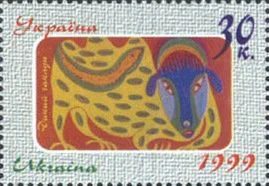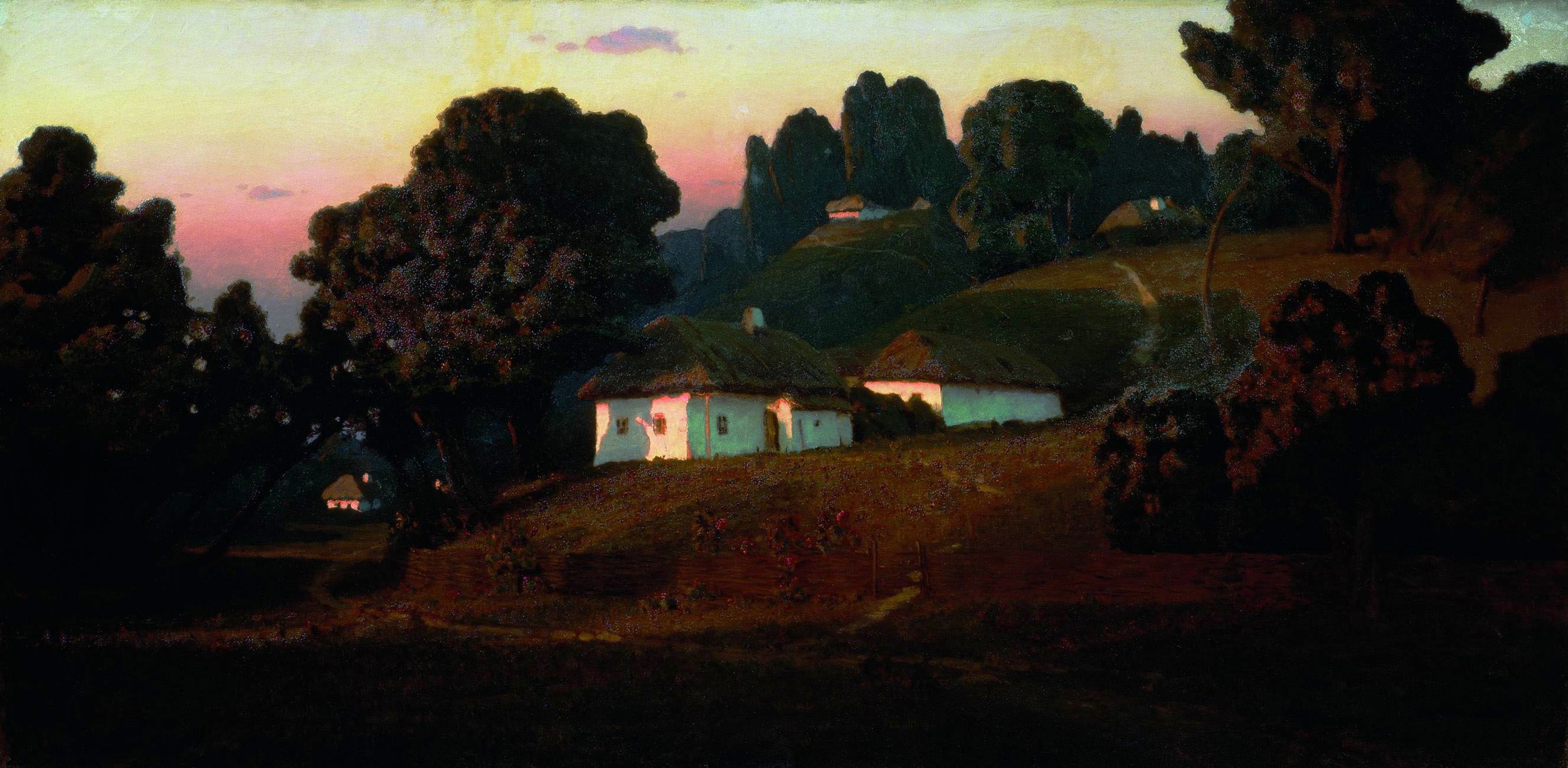Art, National Identity and Culture - Why the Destruction of Art is a War Crime
Art is an immortal representation of our culture, identity, and personal histories. The gradual censorship of artistic expression in Russia has been presented as more than censorship, but a simple disregard for what art is. Putin would have you believe that art is simply an additional extra, a visual option that does not express anything deeply political or particularly relevant. A 2021 art exhibit based in Asbest, east of Moscow, featured numerous pieces of art, each a testament to technical ability and skill. None of these pieces held any form of commentary on the current political climate within Russia. Anna Nemtsova summarised the attitude towards art in Russia concisely in her article for The Atlantic stating “Counterintuitively, by making no mention of the current state of the country, this year’s Ural Biennial managed to say more about Russia than any one exhibit could.”
Artistic expression has continuously been one of the most accessible and expressive mediums to discuss politics and identity. The importance of art is simply not up for debate. The maintenance of historical sites of art and architecture, as well as responsive political art, have become all the more important during the current war between Russia and Ukraine., where the same attitudes of destruction and suffocation are beginning to resurface.
Art has always been inherently ideological and political. Even casual portraits and delicate floral landscapes are representative of a moment in time, a moment in human culture and history. While these are by no means declaring any intense political expression or ideology, they’re representative of an individual’s identity and culture, which, at the end of the day, become central to political discourse. The concept of a personal identity separated from the state, or on occasion as part of a state, are issues that have troubled those wishing to consolidate and wipe out cultures and identities of those they are dominating.
Wild chaplun. 1977, on Ukrainian postage stamp. Maria Prymachenko, Public domain, via Wikimedia Commons
This is an article that has dominated my every day for some time now, sparked by the destruction of the cultural art of Maria Prymachenko in Ukraine. During the numerous Russian bombings and attacks, the Ivankiv Historical and Local History Museum was burned down. The art of Prymachenko was not that of just any other artist, but art that focalised itself on the concept of Ukrainian identity. Her works were bright and colourful, hopeful for unity and calm for Ukraine, after an extensive history of redefining the country’s borders and complexity and division in identity. The Russian bombing of this site is not as simple as pieces of paper being destroyed, but this attack on art is an attack on Ukrainian identity.
In March alone, fifty three cultural sites in Ukraine were damaged or destroyed as a direct result of the Russian invasion. These cultural and heritage sites are beacons of Ukrainian identity, and the focus of attacks is a clear signifier that Russia is prioritising the eradication of an individual Ukrainian identity as a part of their process to consolidate the state as their own. Another key site that has faced damage because of the invasion is the Slovo building, built in the 1920’s as a refuge for the Ukrainian writers rebuilding and revitalising the country's literature.
Evening in Ukraine, (1878-1901) Arkhip Kuindzhi, Public domain, via Wikimedia Commons
One of the more recent destructions of culture in Ukraine has seen the destruction of Kuindzhi Art Museum in Mariupol, housing the life works of local realism painter, Arkhip Kuindzhi (1842-1910). This site of cultural heritage housed more than paintings, but also photography and records of the entire life of Kuindzhi and his career, as well as being a location for local artists to show their own work with residencies. The museum was home to over two thousand art pieces, ranging from paintings to sculptures. The works housed in this museum feature work from important historical Ukrainian artists that were central to the formulation and continuation of Ukrainian identity, especially under various invasions, attacks, and border revisions.
How Are You? Studio Serigraph
Art has always been and forever will be political in nature, and in moments such as these, it is highlighted even more. While these attacks and destructions are heart-breaking and beyond infuriating, art is equally a source of hope, as well as a target for invasion. Ukrainians globally have been using art to protest the Russian invasion, while using it to ignite hope for those still facing the attacks at hand. Ukrainian rapper Stepan Burban has produced new music outright telling Russian troops to “get out, go to hell”. More can be found on Burban’s inspiration and frustration at NPR.org Studio Serigraph produced their piece How Are You? while hiding in a bomb shelter. This piece reflects the anxieties of the Ukrainian people and the uncertainty that family friends are safe amid invasion.
Right now, art and identity is under attack, and the importance of viewing, accepting, and understanding the art produced in protest of the current political climate and invasions must be recognised. Countless museums and cultural sites, home to collective identity, memory and history, are being destroyed in the crossfire of war. Art in this current political climate is both target and protester. Only so much can be done to protect these monuments of cultural identity. Pay attention, watch the artists of Ukraine express their frustration, and listen.
Written by Meghan Flood
Hi there, I'm Meghan (she/her), and I'm an English Literature and History graduate from Trinity College Dublin. When I'm not playing video games or reading, I like to write about culture, gaming, and everything in between. I've written articles on indie gaming, political art, and how nostalgia affects our experiences in gaming. I'm also a freelance artist and graphic designer!" Twitter/Instagram: @floodme_ Art Instagram: @thefloodflow










